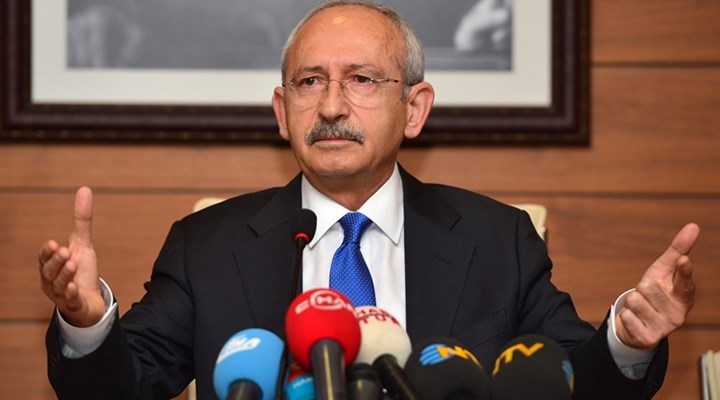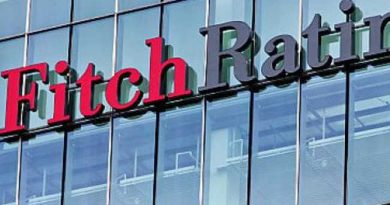Goldman Sachs says Turkey is back in the game but economists warn about ‘Carry Trade”

The report titled “Turkey is back in the game” sent to customers by Goldman Sachs, a leading US investment bank, has sparked discussions. The report indicates that Turkey is taking rapid steps towards interest rate normalization after a long period of non-traditional (unorthodox) policies, increasing imbalances, and declining investor interest. It suggests that the Turkish Lira (TL) is becoming attractive again for carry trade (interest rate arbitrage).
The report has received wide attention in media outlets close to the government and has been portrayed as a “positive” sign for the Turkish economy coming from foreigners.
However, economists have pointed out the risks associated with carry trade. Professors Hakan Kara, Cem Başlevent, and Hayri Kozanoğlu shared their evaluations of the report and the associated risks.
‘It Heats Up on Entry but Can Burn on Exit’
Kara pointed out that carry trade mainly referred to swaps made by locals with foreigners. He said, “Carry trade is a concept related to converting your foreign currency into Turkish Lira and investing in TL assets to earn high returns in foreign currency when exiting. It is also a form of ‘hot money’.” Kara, who served as the chief economist of the Central Bank of Turkey for many years, warned that such capital flows could heat up on entry but could burn when exiting. He also expressed doubt that the current economic management was targeting a high volume of carry trade, based on past experiences.
On the other hand, Prof. Kara noted that a certain acceleration in foreign inflows was necessary for the smooth resolution of the current account deficit and for the Central Bank of Turkey (CBRT) to build reserves. He also mentioned that the reactivation of the swap market would be beneficial for deepening the foreign exchange market. Therefore, while excessive hot money inflows might not be welcomed, some tolerance for such inflows could be considered.
Kara emphasized the importance of regaining confidence in the Turkish Lira through consistent policies. He stated that if this is achieved, the transition of locals from foreign currency to Turkish Lira would improve the CBRT’s net reserves and reduce pressure on the exchange rate. Therefore, in the current context, regaining the confidence of locals seemed more important.
‘An Unprincipled Approach’
Prof. Başlevent commented that it was still too early to criticize the economic management for providing foreign investors with the opportunity to earn easy money through carry trade in a high-interest rate and fixed exchange rate environment. However, he found it remarkable that the fact that Turkey was returning to the game with a strong Lira was being portrayed as a positive situation in government-affiliated circles. Until recently, the same circles were praising the benefits of a competitive exchange rate and low interest rates, and the media was promoting the narrative of a Turkey that disrupted the games of international finance barons and moved away from being an import paradise. Welcoming the possibility of returning to the old system now appeared unprincipled.
‘Global Environment Is Not Favorable’
Kozanoğlu explained that carry trade involved borrowing in a currency with a relatively low interest rate and investing in another currency with higher returns, then exiting that country to make a profit. He pointed out that the current global environment was not conducive to this strategy, saying, “Just two years ago, the dollar interest rate was 0.25%, so borrowing at slightly above this rate to earn 3-4% by investing could be considered satisfactory. Now, the dollar interest rate is 5.5%. To invest in a country, you should expect a return of at least 10% or more. In fact, the Central Bank states in its Monetary Policy Committee meeting summary that there was only $64.3 billion of fund inflow to emerging market stock markets and bond markets in the first 7 months of the year. In summary, there is no favorable global investment environment.”
Kozanoğlu also noted that exchange rate volatility was unfavorable for carry trade, saying, “For carry trade, you would want low currency volatility. While exchange rates are not as volatile as they were after the May 28 election, they still haven’t stabilized.”
‘Quick to Profit and Exit’
Kozanoğlu warned that carry trade involved a currency that tended to be for quick profits and exiting at the first sign of instability. Therefore, it was not a desirable form of financing. He concluded by saying, “In the end, neither objective conditions nor enthusiasm for carry trade have matured. Limited fund flows may occur due to a more favorable global environment, but they will not reach a point where they significantly affect macro balances, positively or negatively.”





